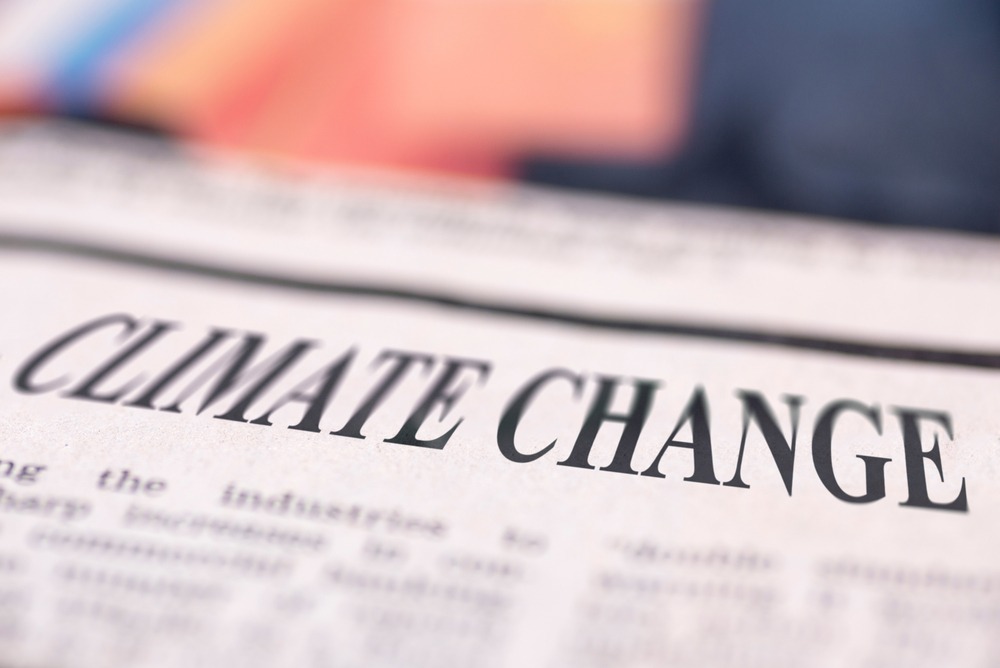
Dealing with Climate Disinformation

Dealing with Climate Disinformation: Content, Competencies & Approaches for Secondary School Teachers
The LTP introduces the topic of climate disinformation, and brings an understanding of the “Media Landscape” in which Disinformation can emerge. It brings into discussion the roles of the media, and which prerogatives of the media make traditional/social media more susceptible to Disinformation. It also looks at a spectrum of knowledge and aims to examine areas of possible varieties of legitimate differences of interpretation of data on examples related to climate.
Methodology
The LTP provides knowledge and pedagogical approaches to work with secondary school students to recognize Disinformation, analyze its origins, and manage Quantitative and Qualitative Data.
Author(s): Conor GALVIN, Rachel Farrell & Niall Brady (UCD) Jerome Devitt (King’s Hospital School)
Credits: Arda Savasciogullari / shutterstock.com
ECTS Credits: 2.5
LTP Overview
OverviewÜberblick
Visão geral
Επισκόπηση
⬇️ Below, you can view and download the Learning and Teaching package with all the activities included, in English ⬇️
Unit 1. Information and Disinformation
This unit deals with teaching how to evaluate the credibility of sources and understand the nature of climate information and disinformation.
| Activity 1. Information types and uses Activity 2. Exploring the nature of disinformation Consolidation Activity 3. Identifying climate Disinformation |
Activity 4. Learner reflection & action on disinformation Activity 5. Teacher Reflection |
Click to download Handouts for Unit 1
Unit 2. Distinguishing between Disinformation & Misinformation
Unit 2 addresses the challenge of distinguishing between climate misinformation and disinformation, and opens up a better understanding of the media landscape in which dis-/misinformation can emerge.
| Activity 1. Definitions and misunderstanding Activity 2. How the media present climate disaster Activity 3. Case Study on social media Disinformation |
Activity 4. Identifying patters in inaccurate climate information; disinformation Tweets Activity 5. Reflection on teacher practice |
Click to see and download Unit 2 Click to download Handouts for Unit 2
Unit 3. The Dangers of Disinformation
Unit 3 deals with identifying the detrimental effects that misinformation can have on a society. This unit offers content that helps teachers present the knowledge that students require to identify the dangers of disinformation.
| Activity 1. What is the difference between Weather and Climate? Activity 2. Possible effects of climate change Activity 3. Spread of Disinformation |
Activity 4. Learner reflection & carbon usage Activity 5. Teacher Reflection |
Click to see and download Unit 3
Click to download Handouts for Unit 3
Unit 4. What Can We do to Challenge Climate Disinformation
Unit 4 deals with guiding learners to describe disinformation threats globally and to consider these in terms of understanding of how they can impact environment, society and economy aspects of our lives. The unit explores a range of climate change events across Europe and their effects on people and places. Within this unit learners develop their critical thinking skills and move towards an activism-based approach to countering and mitigating inaccurate information.
| Activity 1. Using Social Media to combat climate disinformation Activity 2. Creating a storyboard for an educational short video Activity 3a. Creating a short video |
Activity 3b. Creating a poster Activity 4. Poster Activism Activity 5. Reflection on Teacher Practice |
Click to see and download Unit 4
Click to download Handouts for Unit 4
Learning and Teaching package courses
Below you can have browse the Learning and Teaching package in the form of courses.

